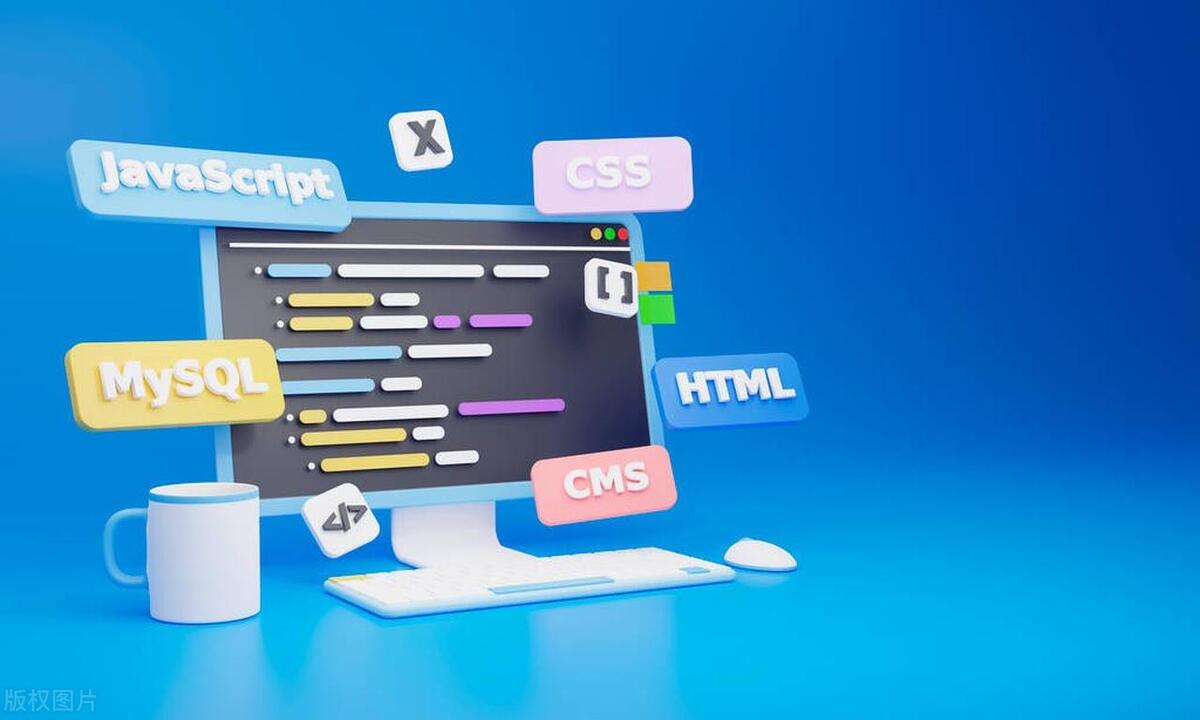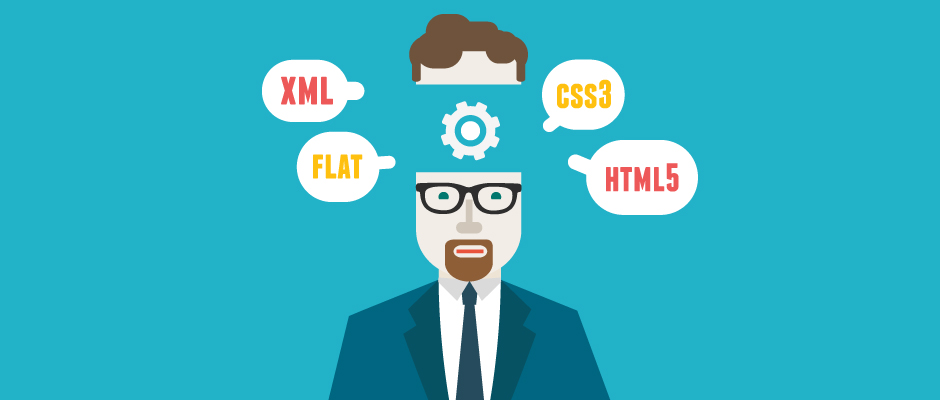Common methods and tools for front-end debugging include: 1. Use browser developer tools to troubleshoot basic problems, including viewing and modifying DOM structure, debugging JavaScript code, and viewing network request details; 2. Use console output and logs to track problems, such as using different levels of logs, grouping output, formatting output; 3. Use debugger breakpoints to deeply analyze, support single-step execution, entry of functions, and jumping out of functions; 4. Use special debugging auxiliary tools, such as React Developer Tools, Vue Devtools, Lighthouse, and Redux DevTools. Mastering these techniques can effectively improve debugging efficiency and code quality.

Front-end debugging is an indispensable part of the development process, especially when facing complex modern web applications. It not only helps us quickly locate problems, but also improves code quality and user experience. Mastering some commonly used debugging techniques and tools can help you achieve twice the result with half the effort in development.

Use browser developer tools to troubleshoot basic problems
Browser Developer Tools (DevTools) are one of the most basic and powerful debugging tools. Mainstream browsers such as Chrome, Firefox, and Edge all have built-in complete DevTools, covering element review, network request monitoring, JavaScript debugging and other functions.
- View and modify the DOM structure : You can view the page structure in real time in the "Elements" panel and temporarily modify the style or content to test the effect.
- Debugging JavaScript code : set breakpoints through the "Sources" panel, execute the code step by step, observe variable changes, and find logical errors.
- View network request details : Under the "Network" tab, you can see all resource loading conditions, including status code, response time, request header and other information, which is suitable for troubleshooting interface problems.
It is recommended to use shortcut keys to open DevTools, such as F12 or Ctrl Shift I , which will be much more efficient after using it skillfully.

Track issues with console output and logs
console.log() is the easiest way to debug, but it is easy to get confused in large projects. You can work with other methods to make the log more organized:
- Use different levels of logs :
console.warn()andconsole.error()to distinguish warnings and error messages. - Group output : Use
console.group()to classify the relevant logs for easy reading. - Format output : For example,
console.table()is used to show that arrays or objects are clearer.
If the project is large, you can also introduce lightweight log libraries like loglevel to control log levels in different environments to avoid outputting too much information after going online.

In-depth analysis with the help of debugger breakpoints
When the code logic is complex or there are many asynchronous operations, it is difficult to find problems based on logs alone. At this time, you need to use breakpoints for line-by-line debugging.
- Find the corresponding JS file on the "Sources" page of DevTools and click the position before the line number to set the breakpoint.
- The page will be paused when it runs to this line. You can view information such as call stack, scope variables, listening expressions, etc. on the right.
- Supports single-step execution (Step Over), entry function (Step Into), exit function (Step Out), etc.
Some IDEs (such as VS Code) also support linkage debugging with the browser. After configuration, you can directly break points in the editor for a smoother experience.
Improve efficiency with dedicated debugging assistance tools
In addition to the browser's own tools, there are also some third-party tools that can help you better debug front-end projects:
- React Developer Tools / Vue Devtools : If you are using React or Vue framework, these extensions can let you see key information such as component trees, props, state, etc.
- Lighthouse : Integrated in Chrome DevTools, it can not only detect performance, but also check accessibility, SEO and other issues.
- Redux DevTools (for Redux projects) : You can play back actions and view the changes of state, which is very suitable for debugging state management issues.
Most of these tools are free and easy to install, and it is recommended to choose the right tool combination based on the project type.
Basically these commonly used methods and tools. Front-end debugging seems simple, but it still requires experience and patience to use it well, especially some boundary conditions and asynchronous problems, which often require a combination of multiple means to solve it.
The above is the detailed content of Frontend Debugging Techniques and Tools. For more information, please follow other related articles on the PHP Chinese website!

Hot AI Tools

Undress AI Tool
Undress images for free

Undresser.AI Undress
AI-powered app for creating realistic nude photos

AI Clothes Remover
Online AI tool for removing clothes from photos.

ArtGPT
AI image generator for creative art from text prompts.

Stock Market GPT
AI powered investment research for smarter decisions

Hot Article

Hot Tools

Notepad++7.3.1
Easy-to-use and free code editor

SublimeText3 Chinese version
Chinese version, very easy to use

Zend Studio 13.0.1
Powerful PHP integrated development environment

Dreamweaver CS6
Visual web development tools

SublimeText3 Mac version
God-level code editing software (SublimeText3)
 How to use the time tag in HTML
Sep 19, 2025 am 03:35 AM
How to use the time tag in HTML
Sep 19, 2025 am 03:35 AM
Thetagisusedtorepresentdatesandtimesinamachine-readableformatwhiledisplayinghuman-readabletext.2.Itsupportsvariousdatetimeformatsincludingdateonly,timeonly,dateandtimewithtimezone,andpartialdatesviathedatetimeattributefollowingISO8601standards.3.Best
 How to get the maximum value in an array in JavaScript
Sep 21, 2025 am 06:02 AM
How to get the maximum value in an array in JavaScript
Sep 21, 2025 am 06:02 AM
UseMath.max(...array)forsmalltomediumarrays;2.UseMath.max.apply(null,array)forbettercompatibilitywithlargearraysinolderenvironments;3.Usereduce()forlargearrayswithmorecontrol;4.Useaforloopformaximumperformanceonhugedatasets;alwayshandleemptyarraysand
 How to create a progress bar in Bootstrap
Sep 20, 2025 am 05:21 AM
How to create a progress bar in Bootstrap
Sep 20, 2025 am 05:21 AM
Create a basic progress bar using .progress container and .progress-bar element, and set the width through style="width:50%;" and add ARIA attributes to improve accessibility; 2. You can directly add text such as "75%" to display progress tags in .progress-bar; 3. You can set different colors through bg-success, bg-warning, bg-danger and other classes; 4. Add .progress-bar-striped to achieve the stripe effect, and combine .progress-bar-animated to make the stripe move dynamically; 5. Multiple .progr
 A Practical Guide to the Browser's Rendering Pipeline
Sep 21, 2025 am 06:30 AM
A Practical Guide to the Browser's Rendering Pipeline
Sep 21, 2025 am 06:30 AM
ThebrowserrenderswebpagesbyparsingHTMLandCSSintotheDOMandCSSOM,combiningthemintoarendertree,performinglayouttocalculateelementgeometry,paintingpixels,andcompositinglayers.2.Tooptimizeperformance,minimizerender-blockingresourcesbyinliningcriticalCSSan
 How to get the minimum value in an array in JavaScript
Sep 20, 2025 am 05:18 AM
How to get the minimum value in an array in JavaScript
Sep 20, 2025 am 05:18 AM
To get the minimum value in a JavaScript array, there are three most commonly used methods: 1. Use Math.min() and extension operators, which are suitable for small to medium-sized numerical arrays, such as Math.min(...numbers); 2. Use Math.min.apply(null,numbers), which is an alternative in the old environment; 3. Use Array.reduce(), which is suitable for large arrays or situations where additional logical processing is required, such as numbers.reduce((min,current)=>current
 How do you add comments in HTML?
Sep 21, 2025 am 06:42 AM
How do you add comments in HTML?
Sep 21, 2025 am 06:42 AM
HTML comments use syntax, and the browser ignores the contents. 1. Used to add instructions, such as; 2. You can temporarily comment code, such as; 3. Support multi-line comments, but cannot be nested, and avoid using --> in comments, otherwise it will cause the comment to end in advance, and the comments are only visible in the source code and end with a complete sentence.
 How to use Bootstrap collapse
Sep 21, 2025 am 06:55 AM
How to use Bootstrap collapse
Sep 21, 2025 am 06:55 AM
Ensure that the CSS and JS files of Bootstrap can be introduced, and CDN links can be used; 2. When creating a basic collapse effect, use the data-bs-toggle="collapse" and data-bs-target attributes to associate the trigger button and the target element, and the target element needs to add the collapse class; 3. You can use a link with the href attribute to replace the button to achieve the same function, and the href value needs to point to the target element ID; 4. By setting the same class name for multiple elements and specifying the class with data-bs-target, you can control multiple fold areas at the same time with one click; 5. When creating an accordion effect, use the accordion container and each folding surface
 Understanding the JavaScript Prototype Chain
Sep 20, 2025 am 04:58 AM
Understanding the JavaScript Prototype Chain
Sep 20, 2025 am 04:58 AM
Prototype chain is the core mechanism for JavaScript to implement inheritance. Each object has a __proto__ attribute that points to its constructor's prototype, and it is searched upwards along this chain when accessing the attribute. For example, after Dog.prototype is set with Object.create(), the instance myDog can call the eat method. To correctly set up the prototype chain, you need to: 1. Create a subclass prototype with Object.create (SuperClass.prototype); 2. Add a subclass method; 3. Reset the constructor manually. Common problems include: wrong assignment prototype, not calling constructor with new,




